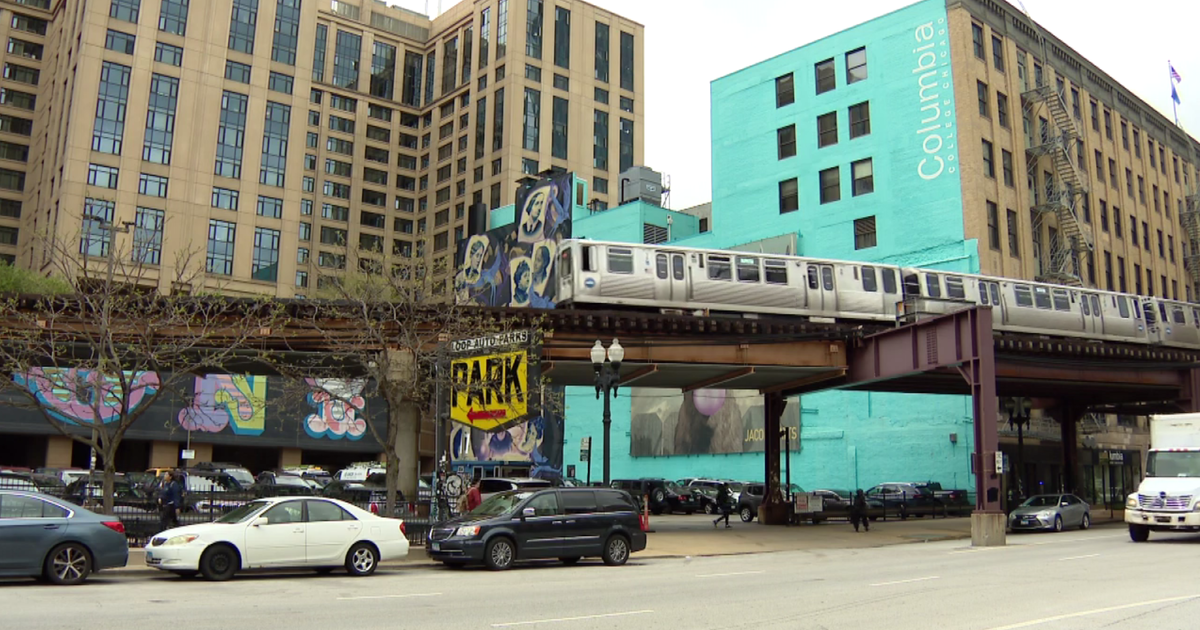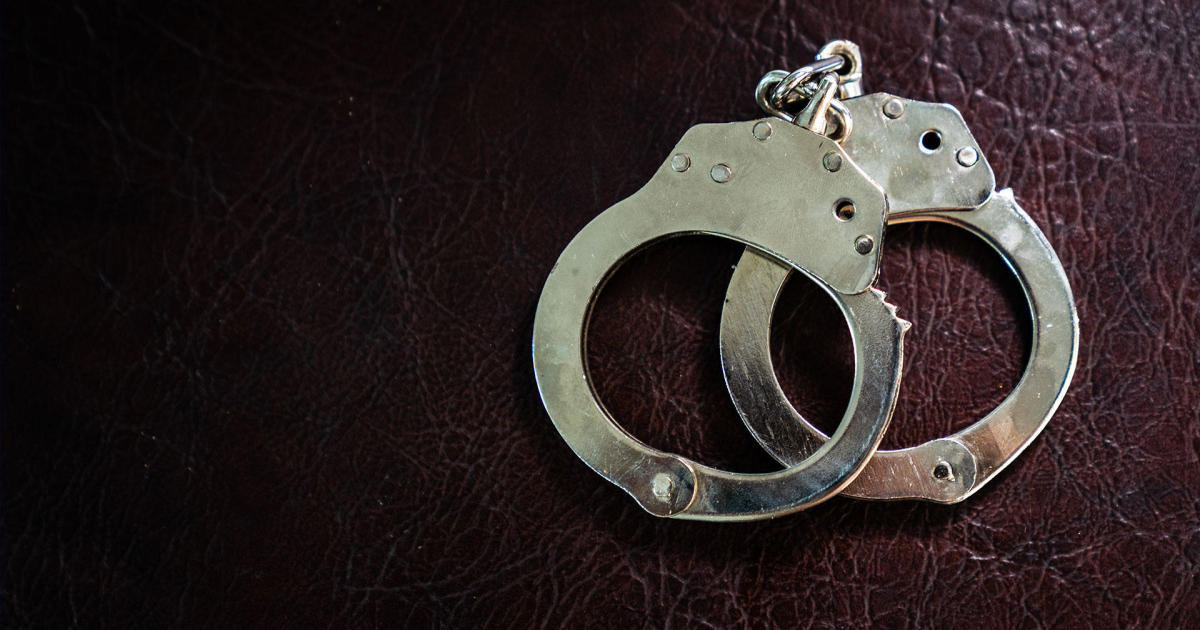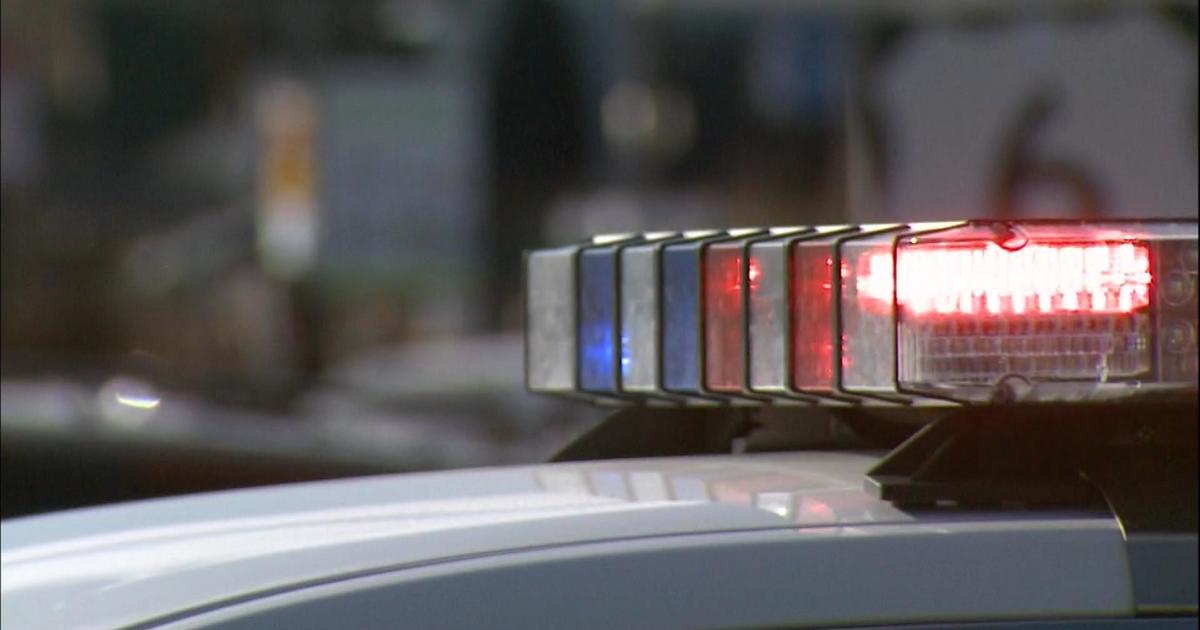38 injured, 3 in critical condition in CTA Yellow Line train collision on Chicago's North Side
CHICAGO (CBS) -- Thirty-eight people were hurt, and 23 of them were taken to the hospital when a CTA Yellow Line train hit a snow fighter locomotive on the main tracks adjacent to the Howard rail yard in Rogers Park.
The crash took place just after 10:30 a.m., as the train passed through the rail yard close to the Howard Street terminal above Howard and Paulina streets, according to Chicago Transit Authority officials. The two-car Yellow Line-Skokie Swift train was headed inbound from Skokie at the time it hit a piece of snow removal equipment.
The Fire Department said there were 31 passengers and seven CTA employees on the train. All of them were injured, and at one time, more than 15 ambulances were called to the scene to treat the injured.
"Our thoughts are with all affected and we are grateful for our brave first responders on the scene," Mayor Brandon Johnson said in a statement. "We are working closely with emergency services as we continue to monitor this incident."
The train rear-ended a snow fighter locomotive, which is used to clear the CTA tracks of snow during the winter, said Chicago Fire Department District Chief Robert Jurewicz.
The CTA has not explained why the machine was sharing the same track. When asked about it, Jurewicz said it was "a question for the CTA."
Chicago Fire Department officials said a total of 23 of those 38 people were taken to hospitals, including four children and seven CTA employees, and 15 others on the train refused medical treatment. Three people were taken to hospitals in serious-to-critical condition, nine were hospitalized in fair-to-serious condition, and 11 were taken to the hospital in good condition.
CFD Assistant Deputy Chief Keith Gray said none of the injuries was life-threatening. Most people suffered cuts, bumps, and bruises, with a few head injuries.
The victims ranged in age from about 2 to 72 years old. A total of four young children were taken to the hospital to be checked out.
One person operating the snow fighter machine was also seriously hurt, the Fire Department said.
"We made sure that we got all the passengers off the train," Jurewicz said.
Getting passengers off the train was not easy. Several were carried out on stretchers.
"I'll tell you what, it was a very hard thing to do for the firemen, because they had to go up and down these embankments - carrying people on the rocks," Jurewicz said.
First responders had to go through an access gate, across a couple of access tracks, up over the top of a berm, and down under an embankment – and they still had to make sure the high-voltage tracks were cut off, CBS 2's Kris Habermehl reported.
Some of the passengers were carried away on stretchers – off the train that never made it to its destination.
"We got them all out. Guys did a great job," Jurewicz said. "I tell you, they really did."
Dr. David Trotter, chief of emergency management at Advocate Illinois Masonic Medical Center, said three patients were taken to that hospital. Two of the accident victims were in fair condition, one in serious condition.
Some patients were also taken to Ascension St. Francis Hospital in Evanston near the scene of the accident.
At Masonic, Trotter said the patients had suffered the types of injuries to be expected from a high-speed collision.
"Anytime you have more of a high-speed collision, you're going to get impact injuries – which is something that would be expected in this instance," said Dr. David Trotter, chief of emergency management at Advocate Illinois Masonic Medical Center. "You definitely get lacerations, contusions, things of that nature – and sometimes, obviously, they can be more severe than that."
It was not clear late Thursday how fast the train was moving at the time of the collision. But anyone who rides the 'L' knows there are no seatbelts, and people often even stand – holding onto the handrails.
Thus, when the impact occurred, it is safe to say some people were thrown abruptly.
Dr. Trotter talked about the unified plan at Advocate Illinois Masonic that went into getting all the victims treatment.
"We're just very fortunate to have fantastic first responders. They're the ones that are actually on the scene; able to transport patients and get them here. But the communication is essential," Trotter said, "and so during that hectic time, they're still able to communicate with different hospitals. We're definitely a coordination of care as well, to make sure all the patients get to the hospitals to have the best resources that have the best resources to treat them in the most appropriate time."
Late Thursday, we learned one of the accident victims, Cleon Hawkins of Chicago, has filed a lawsuit. His attorney said what happened Thursday was "an example of a catastrophic failure on the part of the CTA to make commuter transportation safe for its passengers who depend on it," and continued, "In this day and age, something like this should never happen."
Yellow and Purple line service was suspended after the collision. Red Line service was suspended between Howard and Thorndale after the collision, but began running again by about 12:45 p.m. Purple Line service has also since resumed.
But Yellow Line service remained out for the rest of the day and night, and was still out as of later Thursday night. Yellow Line passengers were advised to use #97 Skokie bus and as an alternative.
Chicago Avenue -- not the Chicago east-west thoroughfare, but the Evanston extension of Chicago's Clark Street -- was closed between South Boulevard and Howard Street in Evanston following the accident. The Evanston Fire Department said the CTA shut off power to the Red and Purple lines.
After the CTA shut off power to the Purple Line, one train got stuck between stops in Evanston, and firefighters were able to safely evacuate the passengers from that train.
The Yellow Line is the only CTA train line that does not run to downtown Chicago. It runs between the Dempster-Skokie terminal on Dempster Street two blocks west of Skokie Boulevard (Cicero Avenue) in Skokie and the Howard terminal in Chicago's Rogers Park neighborhood. From Dodge Avenue (California Avenue) eastward, the line runs in a below-grade trench parallel to Evanston's Mulford and Case streets before passing through the Howard Rail yard, and then rises to complete its journey at the elevated Howard terminal.
The collision took place right at the point where the Yellow Line trains enter the rail yard from the north and west on their route, heading out of the trench below grade level and into a potentially dangerous curve, according to transportation expert and DePaul University professor Joe Schwieterman.
Habermehl reported the impact of the crash caused the lead-end wheel set of the Yellow Line train to derail. The snow-fighting unit also sustained some damage to the back.
Schwieterman said multiple factors were in place that were at least partially to blame for the accident. He said a piece of snow-removal equipment usually would not be expected to be sitting on the tracks during the day – since the Skokie Swift is not a 24-hour operation, such car movements are usually done at night.
There were also questions about why the motorman did not stop for the snow-fighting vehicle, and whether the motorman was nonresponsive. There were recordings suggesting radio calls went out and there was no response, Schwieterman said.
"Kind of multiple things happened here that led to a really devastating outcome," Schwieterman said.
The top speed on the Yellow Line is 55 mph, and train operators usually slow down to about 25 mph coming into the Howard terminal, Schwieterman said.
"That's a worst-case scenario right around that curve – not enough time to stop," Schwieterman said. "And then usually, just visual cues are enough to stop an 'L' train, but not today."
The National Transportation Safety Board said it has sent a team to the scene.
The damaged train and the snow fighter machine remained at the scene as of the late afternoon, and the Yellow Line remained closed. Both units will remain in place until given clearance by the NTSB.
In an unrelated incident a little over three hours after the train accident, a man was shot and killed near the Howard Red Line terminal. At 1:51 p.m., a man was in a quarrel with another person that turned physical in the 1600 block of West Howard Street, and the second person shot the man in the torso and killed him.



